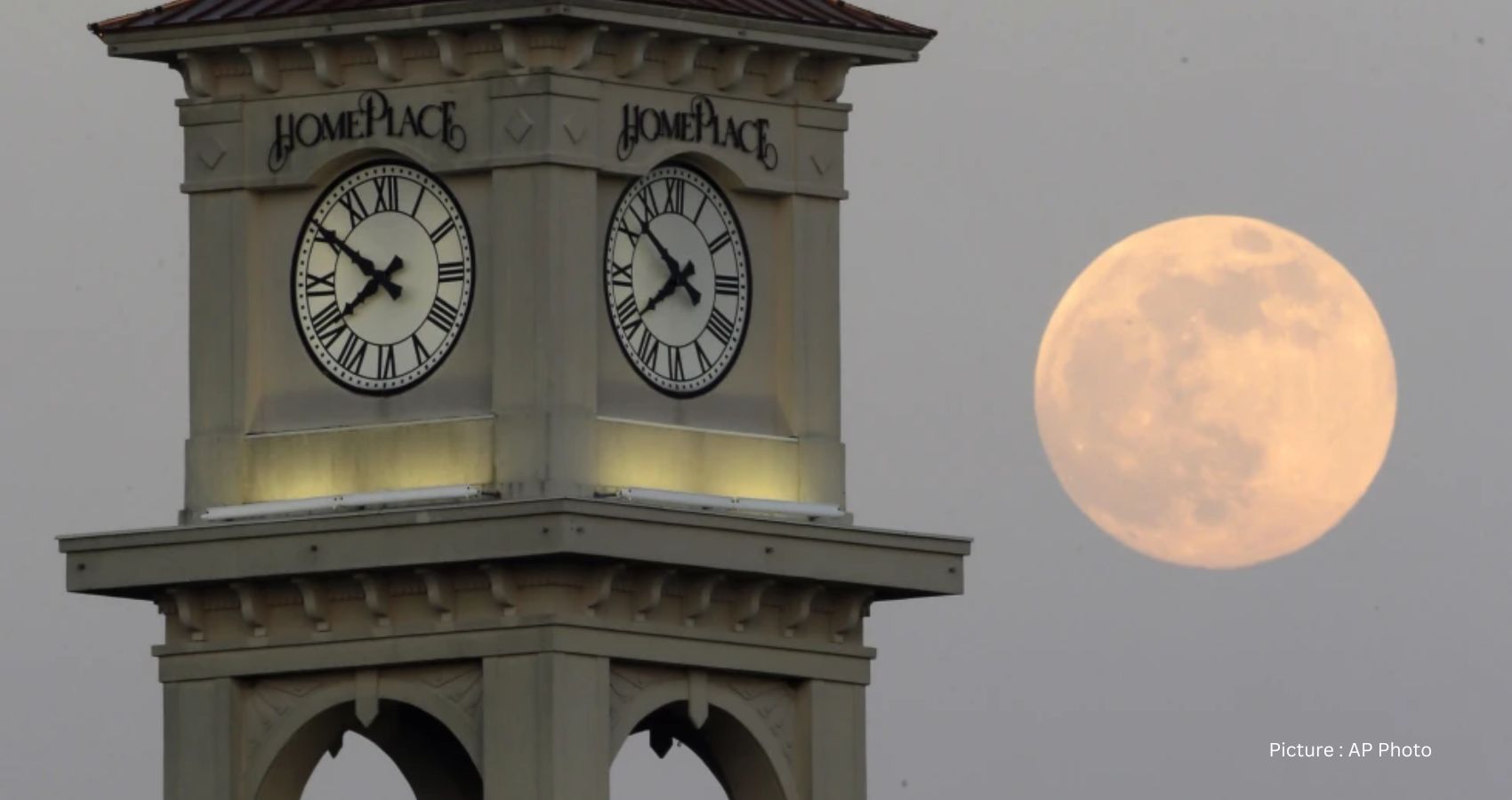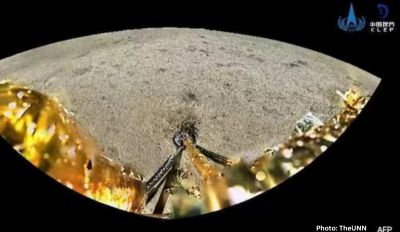NASA aims to revolutionize timekeeping beyond terrestrial norms by introducing a lunar-centric timekeeping system, effectively placing the moon on its own time clock. Rather than adhering to conventional time zones, this novel framework will establish a comprehensive reference for time on the lunar surface. Due to the moon’s lower gravity, time progresses slightly faster there, at a rate of 58.7 microseconds per day compared to Earth. Responding to this intriguing prospect, the White House has directed NASA and other U.S. agencies to collaborate with international counterparts in devising this innovative lunar timekeeping system.
“An atomic clock on the moon will tick at a different rate than a clock on Earth,” explained Kevin Coggins, NASA’s leading communications and navigation official. “It makes sense that when you go to another body, like the moon or Mars that each one gets its own heartbeat.” This customized timekeeping approach signifies that all activities on the moon will align with its accelerated time frame.
Historically, during NASA’s previous moon missions, astronauts relied on conventional watches, with timing being less precise and not as crucial as it is today with the reliance on GPS, satellites, and complex computer systems. Coggins emphasized the significance of microsecond accuracy in interactions among sophisticated technological systems.
The European Space Agency had previously advocated for the establishment of a unified time standard for lunar operations, given that a lunar day lasts approximately 29.5 Earth days. However, the specifics of implementing this new lunar time within NASA’s operations remain to be determined. While the International Space Station continues to utilize Coordinated Universal Time (UTC) owing to its low Earth orbit, determining the transition point for the adoption of the new space time poses a challenge for NASA. Furthermore, fluctuations in Earth’s time, necessitating the occasional addition of leap seconds, further complicate this endeavor.
In contrast to Earth’s observance of daylight saving time, Coggins clarified that such adjustments would not apply on the moon. The ambitious timeline set forth by the White House demands that NASA present a preliminary concept by the year’s end, with a finalized plan expected by the conclusion of 2026.











